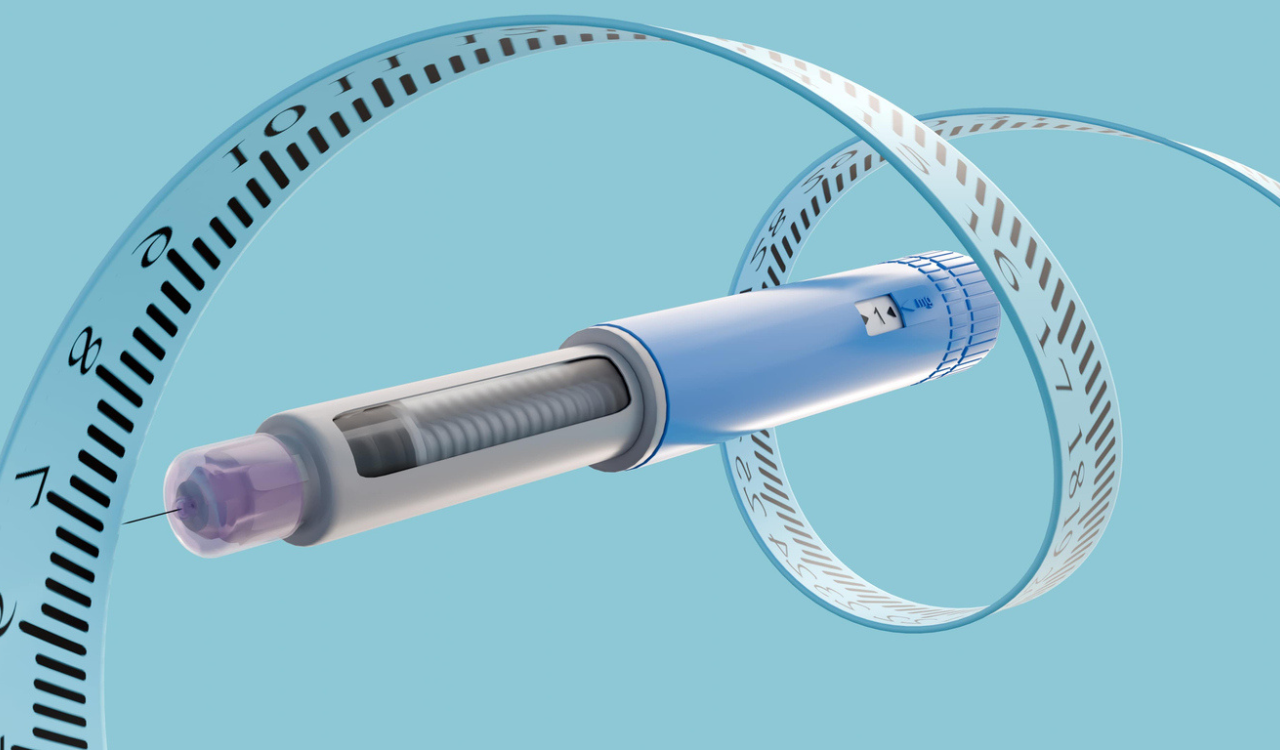There is a condiment available at almost every American fast-food joint, but it’s off-menu. Like, way off-menu. It’s called microplastics. And American fast food is drowning in it.
Fast food chains have faced criticism for nutritional concerns, environmental impact, and unethical sourcing—but the microplastic issue may be their biggest challenge yet. With scientific evidence mounting, the idea of eating plastic with every meal is no longer a fringe conspiracy theory—it’s a scientifically proven reality.
Once a symbol of convenience and guilty pleasure, fast food now comes with an unsettling extra ingredient: plastic. Not just in the wrappers, cups, and straws—but in the food itself. New research confirms that from McDonald’s and Taco Bell to Burger King and KFC, nearly every major retail chain is serving up this invisible yet insidious side dish
Ubiquitous Microplastics
Microscopic pollutants, now found in everything from burger buns to fried chicken, are raising urgent questions about their long-term health effects. Scientists and consumer advocates warn that these particles—linked to everything from cardiovascular risks and gastrointestinal issues to cancer—are infiltrating our bodies with every bite. And when it comes to plastic pollution, no sector in the food industry is more culpable than fast food.
Under growing scrutiny, the fast-food retail industry is facing mounting pressure to clean up its act. But as evidence piles up, the real question looms: will fast-food giants act before consumers start pushing back—or before regulators force their hand?
How Microplastics Are Contaminating Fast Food
A Consumer Reports investigation published in early 2024 found detectable levels of plastic in fast food items across multiple chains, suggesting that microplastics have infiltrated the industry at nearly every level.
Microplastics are plastic fragments measuring less than five millimeters in size—many are often hundreds of times smaller and invisible to the naked eye—often originating from the breakdown of larger plastics or manufactured as microbeads for industrial use. While these tiny particles are known to pollute oceans and drinking water, a growing number of studies show they are also contaminating food—especially fast food.
A 2024 scientific study revealed widespread microplastic contamination in meals served at fast food retail establishments. This follows another report from George Washington University that detected plastic-related chemicals known as phthalates in food from major chains like McDonald’s, Domino’s and Pizza Hut.
The contamination of food by microplastics tends to originate from multiple sources. Food packaging is probably the biggest culprit, with grease-resistant wrappers, plastic-lined containers, and Styrofoam packaging leaching microplastics into hot, fatty foods. Processing equipment also contributes to the problem, as industrial-scale production means food often comes into contact with plastic conveyor belts, gloves, and storage bins long before reaching consumers. Additionally, supply chain contamination is a concern, as food may be exposed to plastic during farming, transportation, and storage, even before it arrives at restaurants.
Health Risks: What Happens When You Digest Microplastics?
The realization that we are routinely ingesting plastic is deeply unsettling. Scientists are still working to fully understand the health effects of microplastic consumption, but early research raises serious concerns. One particularly alarming study, published in Nature, made global headlines with its finding that the average human brain contains enough microplastics to equal the size of a plastic spoon. Think about it: We all have an equivalent of a plastic spoon floating around in our heads.
Dr. Jennifer Brandon is a San Diego-based marine biologist and ecologist who is widely recognized as an early pioneer in the field of plastic pollution. She told TRR, “We’re finding microplastics in basically every part of the human body we examine. Now comes the tough part of parsing out correlation from causation and figuring out what health problems are directly caused by those microplastics. And of course, there’s no control group — we’re all exposed already.”
Long-term exposure to microplastics may be linked to several serious health concerns. Many plastics contain endocrine-disrupting chemicals, such as phthalates, which can interfere with hormone production and regulation, leading to hormonal imbalances. Microplastics may also alter gut bacteria, disrupt digestion, and trigger chronic inflammation, potentially weakening the immune system.
While further research is certainly called for, we already know that some plastics contain known carcinogens that contribute to an increased risk of cancer. Perhaps most alarming, the presence of microplastics in the brain raises concerns about their potential role in neurological disorders such as Alzheimer’s and Parkinson’s. As scientists continue to investigate these risks, the growing evidence underscores the need for urgent action to reduce microplastic exposure in our daily lives. “We can’t wait until we know everything about microplastics’ health effects before working on regulating and removing them,” observed Dr. Brandon. “But we know enough to know we don’t want to be eating plastic in our food.”
Phthalates vs. Microplastics: A Double Threat
While microplastics themselves pose health risks, they often come with an even more dangerous companion: phthalates. These chemicals, commonly used to make plastics flexible, have been found in fast food at alarming levels.
A 2021 study found that fast food meals contained 35 percent more phthalates than home-cooked meals, with cheeseburgers and chicken nuggets among the worst offenders. The presence of these chemicals in food has been linked to lower testosterone levels, which can disrupt hormone balance, as well as developmental issues in children that may affect growth and reproductive health. Additionally, research suggests that exposure to phthalates increases the risk of obesity and diabetes, raising concerns about their long-term impact on public health.
Unlike microplastics, which mostly come from packaging, phthalates leach into food from plastic food-processing equipment. The more processed the food, the higher the contamination risk.
What Is the Fast-Food Industry Doing About It?
With growing public awareness, most major fast-food chains are scrambling to address the issue. McDonald’s, Wendy’s, and KFC have pledged to reduce their use of plastic packaging and transition to biodegradable alternatives. McDonald’s, for example, announced plans to phase out plastic straws and replace foam-based packaging with paper-based materials. (However, many of these efforts are now in limbo, as President Trump has openly criticized paper straws, a stance that has complicated the political landscape surrounding fast-food packaging.) Despite the industry’s move toward more sustainable options, experts warn that paper-based packaging often contains harmful chemicals, making it only a partial solution to the environmental problem.
Some brands, including Chipotle and Panera, have positioned themselves as more eco-conscious by prioritizing safer packaging materials and minimal processing. However, many fast-food giants still rely on cheap plastic alternatives, making industry-wide change slow and inconsistent.
Regulatory action may force the industry’s hand. The European Union has already banned many single-use plastics, while U.S. lawmakers are considering stricter regulations on fast food packaging. The FDA and EPA have been pressured by environmental groups to address microplastics in food, but progress has been sluggish.
Are There Any Solutions?
While completely eliminating microplastics from food is nearly impossible in the short term, there are steps consumers and companies can take to reduce exposure.
For consumers, reducing plastic consumption can be achieved by avoiding food served in plastic packaging, cutting back on fast food, and opting for fresh, minimally processed meals. Experts also advise against consuming hot, greasy foods from plastic containers, as heat accelerates the leaching of harmful chemicals.
For the fast-food industry, solutions include investing in biodegradable, non-toxic packaging, phasing out plastic food processing equipment, and reducing the reliance on heavily processed ingredients. Additionally, supporting stricter food safety regulations would help ensure that food packaging and preparation methods are safer for both consumers and the environment.
A Plastic Problem That Can’t Be Ignored
Fast-food chains have faced criticism for nutritional concerns, environmental impact, and unethical sourcing—but the microplastic issue may be their biggest challenge yet. With scientific evidence mounting, the idea of eating plastic with every meal is no longer a fringe conspiracy theory—it’s a scientifically proven reality.
Dr. Brandon perhaps sums it up best: “Microplastics are far more prevalent in the food system than anyone thought possible a few years ago, but I believe it’s still at a point that we can turn it around and clean up the system, now that more and more people are aware of the problem.”
As new studies continue to expose the dangers of microplastic consumption, the pressure on fast-food companies will only grow. However, until meaningful change is implemented, the next time you bite into a burger, just know you might also be taking a bite of something far less appetizing—tiny pieces of microplastics.





